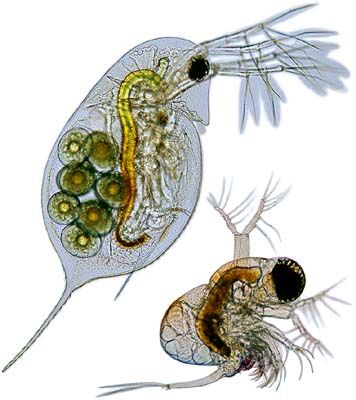In the past two decades, neonicotinoid insecticides have been widely used in agricultural activities in China. Many previous studies have investigated the neonicotinoid pollution in aquatic ecosystems, but the status of water safety of neonicotinoid uses in China is very scarce. The present study aims to reveal the spatial and temporal distribution of neonicotinoids in rivers, and then evaluate the ecological risks to aquatic animals. Water samples were collected from all sixteen rivers along the east coast of China during the dry and wet seasons in 2016, and nine individual commercialized neonicotinoids were quantified. Higher concentrations were found during the dry season (343 ± 210 ng/L) compared to those during the wet season (174 ± 162 ng/L). The concentration of neonicotinoid insecticides in river water is mainly affected by the intensity of agricultural activities. The spatial and temporal pollution patterns we discovered suggested the use of neonicotinoids has shifted from old types (i.e., imidacloprid and acetamiprid) to new types (i.e., dinotefuran and nitenpyram) in some areas. The estimated annual quantity of neonicotinoids released into the adjacent seas totaled 1256 ± 780 tons, most of which (95%) ran into the East China Sea due to heavy agricultural use in the Yangtze River Basin. Using the species sensitive distribution (SSD) method, the thresholds for aquatic animals were determined (acute: 362 ng/L; chronic: 58 ng/L). Under current agricultural practices, 27% and 84% of the river water samples exceeded the thresholds for acute and chronic ecological risks, suggesting intervention programs are in urgent need to ensure river water safety for aquatic life in China.
Source: Y Chen et al. Environment International Volume 127, June 2019, Pages 550-557
https://reader.elsevier.com/reader/sd/pii/S0160412019302004?token=F1E09…

- Login om te reageren
